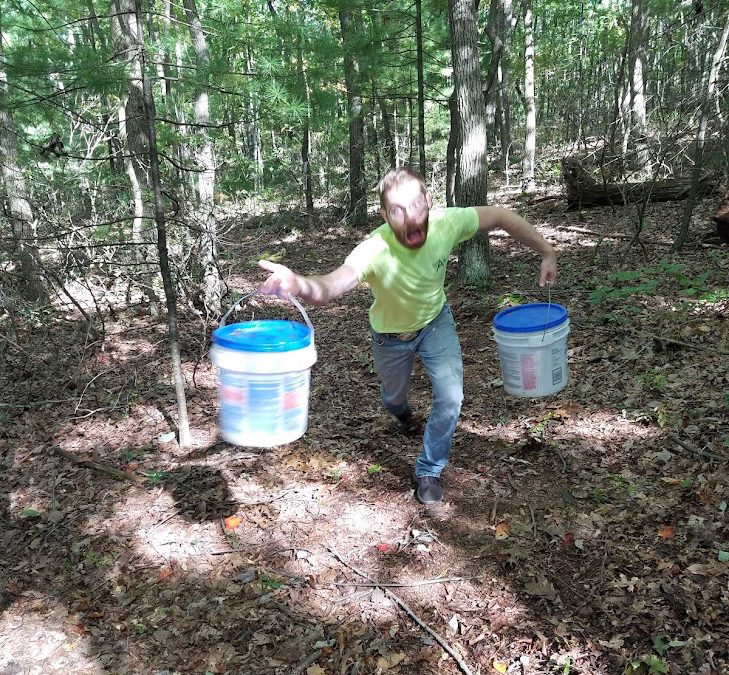
by William | Oct 13, 2021 | Small Footprint
Dear Readers,
Holes were dug. Water was lugged. Our arms are now so sore and tired, we couldn’t even give a hug…
If anyone ever wondered what was involved in a soil and percolation test, that basically sums it up.
Even though we have no intention to install an on-site septic system (like a sand mound), the PA DEP has stated that for us to pursue an experimental permit (and have fun with our compost toileting and greywater reuse) we must first prove that a conventional system can be put in if need be. That means we must pass both a soil and a percolation test.
Soil Test
For those more interested in the technicalities, William and I first had to start with our SEO doing a soil test. If we passed the soil test, the SEO would then proceed to do a percolation test (colloquial term, “perc test”). The point of the soil test is to see if our soil is of a grade and quality that can effectively filter wastewater. The SEO needs to have multiple holes dug down to where “glacial till” can be found (the level in soil most undisturbed, and brought about by the movement of glaciers). These ‘holes’ (‘pits’, or even ‘trenches’ is more like it) had to be dug in an area near our home’s prospective location.
The adventure began with us figuring out how to dig (what I thought was supposed to be) three or four 4-5’ long and 10’ deep trenches for our soil test.
Yes, 10 feet deep trenches…plural…trenches. And what digs 10’ deep trenches? A backhoe. But, backhoes can be big. Very big. With a big footprint on our land and too big to fit through the 5 to 7-ish ft. wide (and 300 foot long…) path we currently have up to our home’s intended location and where this soil test needed to occur. So, what else can dig a 10’ deep trench that can fit through our small path? People.
And thus, with optimism in our hearts, naivety in our young brains, and a ladder standing by…we pulled up our sleeves and dug.
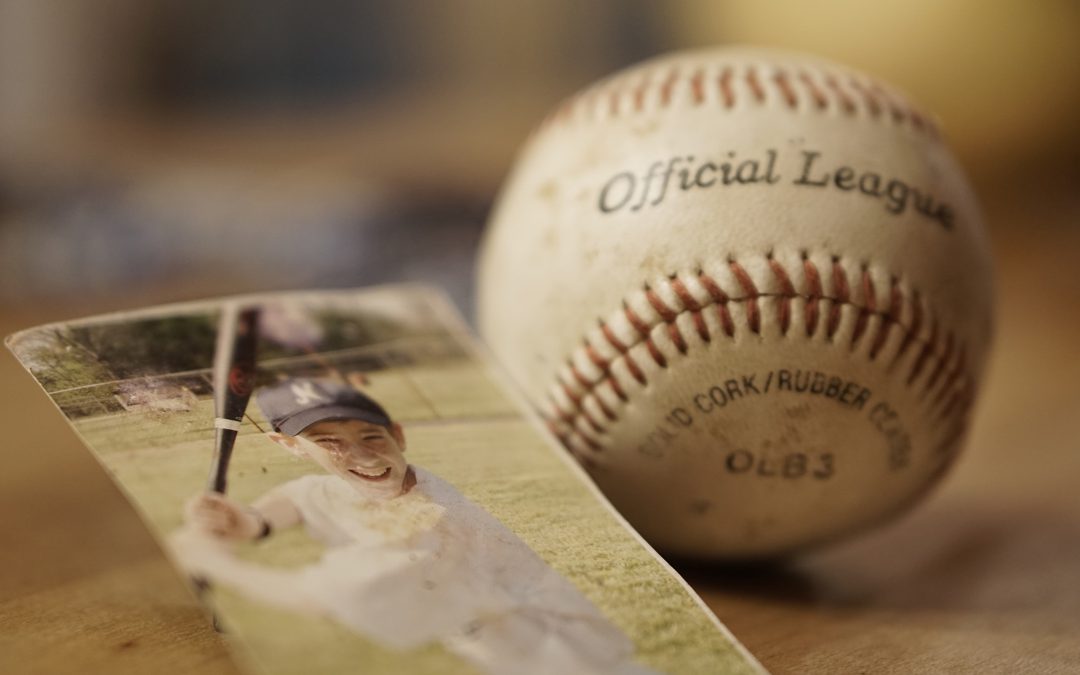
by William | Oct 6, 2021 | Passive House
Dear Readers,
One beautiful Friday at the virtual Sustainability Symposium, William and I learned things. Lots o’ things. We learned concepts, best building practices, and financial motivations! Some of these things included: Transforming communities by retrofitting neglected homes to be energy efficient and healthy….the importance of material circularity for embodied carbon reduction…the necessity of ventilation in every home…and finding resilience in finance by aligning capital with incentives!!!!
Whoop whoop! What a Friday that was….
To consolidate all of those things into one key “what I learned” takeaway is super hard if you think too much about it. So, I’m not going to think too much about it. Without an overabundance of overcomplicated thought, my key takeaway is simple: The language you use matters. Simple. Yet utterly significant to every single presentation I attended that day.
If you want to convince a city council that retrofitting 6,000 dilapidating homes and buildings into super energy efficient and healthy structures in 4.5 years is not just a good, but a GREAT idea….then the language you use matters.
If you want the inhabitants of energy efficient homes and buildings to use the systems appropriately, while also valuing and understanding the ethos of a home built for net-positive and zero operational and low embodied carbon living…then the language you use matters.
If you want people to give a poop about the air they and their children breathe in their own home…then the language you use matters.
If you want financial institutions to see the value in investing in homes and buildings that are healthy for people and the planet….then the language you use matters.
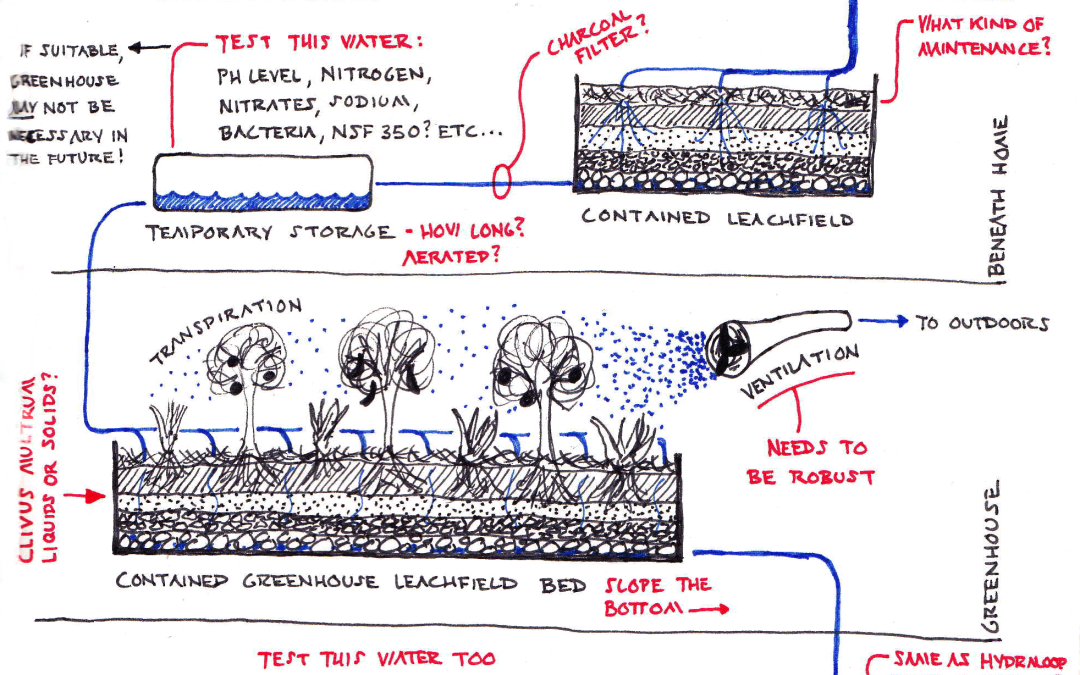
by William | Aug 11, 2021 | Net Zero
Dear Readers,
Yes. Leach field. Just when you thought this addition could not get any cooler with its greywater absorbing plants and front entry hobbit door~ we fully made it into an indoor leach field!
Ha! If your heads are screaming “What?!?” That’s fine. Ours are too. But I think we’ve got this…
Let’s start with the mulch basin. Remember how we were thinking of using that as the preliminary filtration means for our kitchen and laundry effluent before pumping it back into the house to our indoor green wall? Well, just as we ditched the green wall…we are now ditching the mulch basin.
Scratching it. Throwing it away. Mulching up the mulch. And…making a new and improved plan to propose to the PA DEP! Whoop whoop! So. Much. Greywater. Fun.
Here is what we are thinking of replacing the mulch basin with:
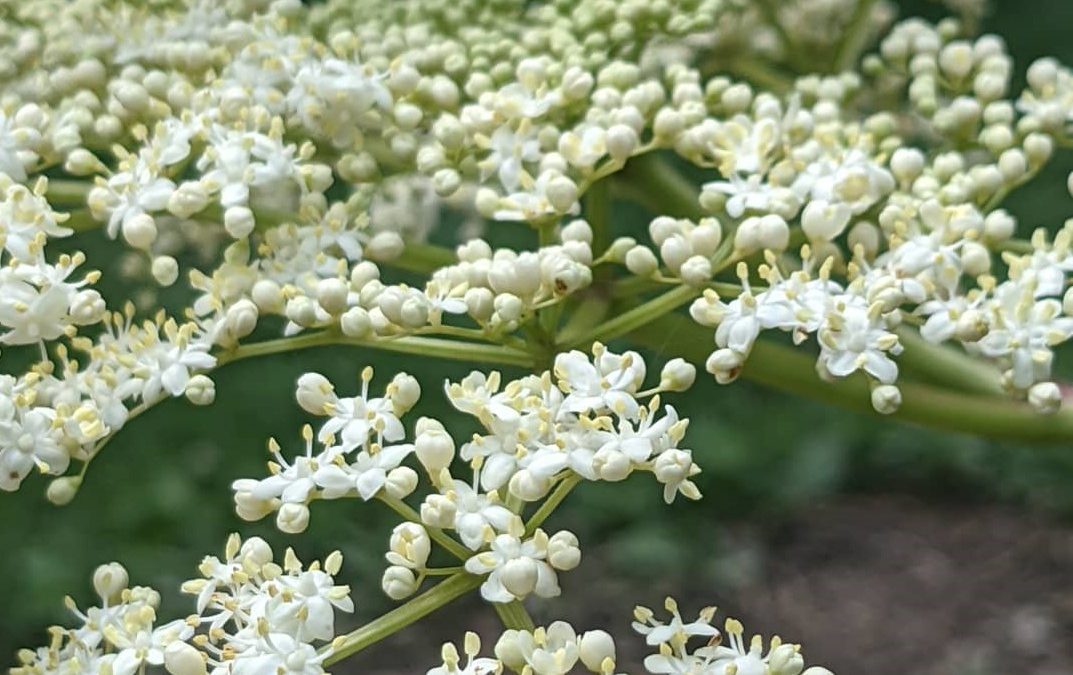
by William | Aug 4, 2021 | Net Zero
Dear Readers…
Banana trees…
Kiwi…
Elderberry…
…and all other fruits and fruit-loving living…things…
As you already know, we have A problem: what to do with all of our kitchen and laundry greywater. In all reality, we have lots of problems. But this problem is the most persistently perplexing and pernicious of all.
Thus far, that is.
Quick overview of the problem: Our mulch basin is currently designed to filter more greywater on a daily basis (about 30 gallons) than our indoor green wall needs in a week (about 20 gallons). For a more in-depth dive into the problem, please read this blog, here.
We spent a considerable amount of time wading through this problematic greywater, and came up with a good bit of potential options to solving the conundrum. You can read the results of that brainstorm, here.
While the resulting options and “maybe-solutions” were bountiful, none were perfect. All of them required some form of re-thinking, re-planning, re-designing…and overall, a reorientation of our previous expectations.
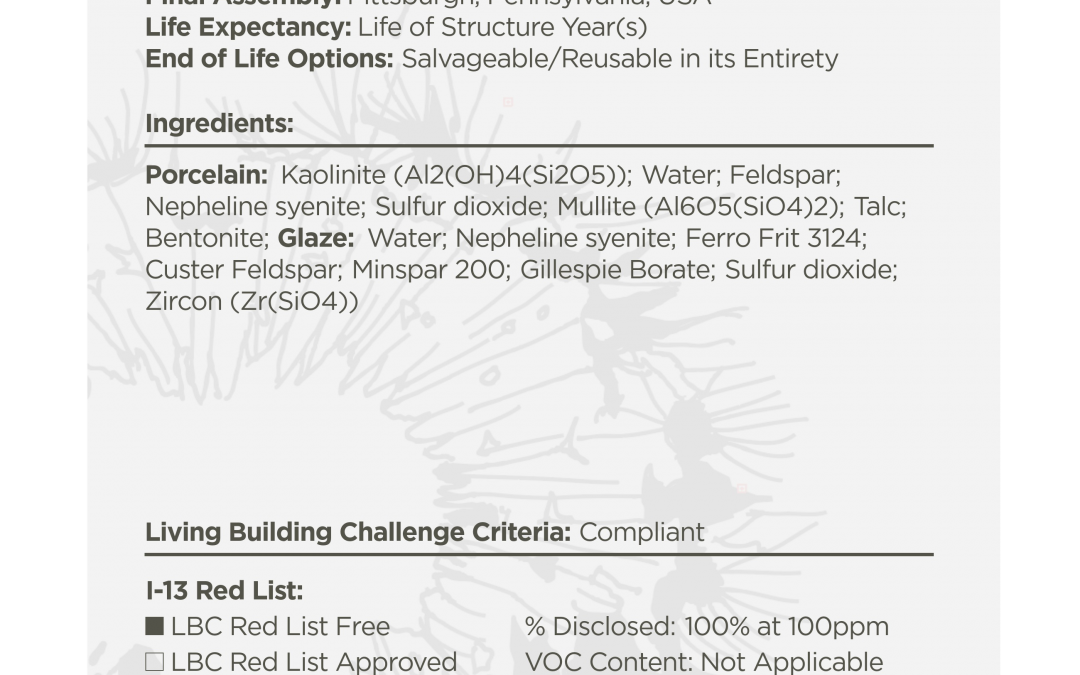
by William | Jul 14, 2021 | Healthy Living
Dear Readers,
This is just a quick blog on some exciting additions to the Living Building Challenge’s list of products with Declare labels. A “Declare label” put simply is essentially a ‘nutrition label’ that details what exactly goes into the making of a product, where it is made, and what to do with it at the end of its useful life.
Originally, when William and I first officially decided to pursue full Living Building Challenge certification, their Declare page didn’t have too much going on. Mostly office chairs and carpet tiles, really.
But now….there are products with Declare labels that we could actually use listed in their database! And not only could we use them, you probably could too! Which is so, so wonderful. If you would like to look at the current database on your own, you can go here: Declare – International Living Future Institute (living-future.org)
I, however, am only going to briefly mention to you a few of the particular products we find both exciting and applicable to our home’s design.
The first few I’ll mention are Owens Corning’s Foamglas Insulation and Verduren’s liquid linoleum floor. We are considering using these products for our foundation systems for our mulch basin and composting toilet tank enclosures. Both the Verduren flooring and the foamglas insulation are Red List free and have the potential to be recycled. The Verduren flooring is more recyclable than the insulation admittedly. But still. It’s cool. Just the fact that some manufacturers are willing to be open about what exactly goes into their products and where they are made is a step forward in a wide-spread recognition of both our footprints and handprints. Of course, additional independent research is always encouraged.





